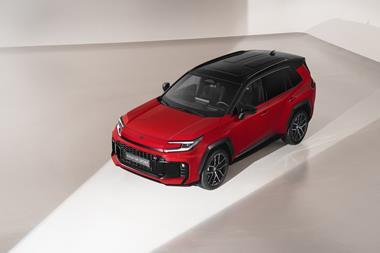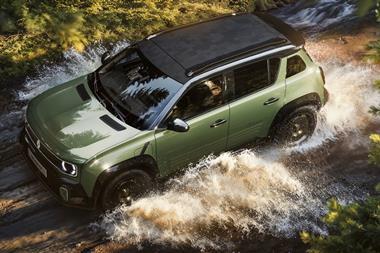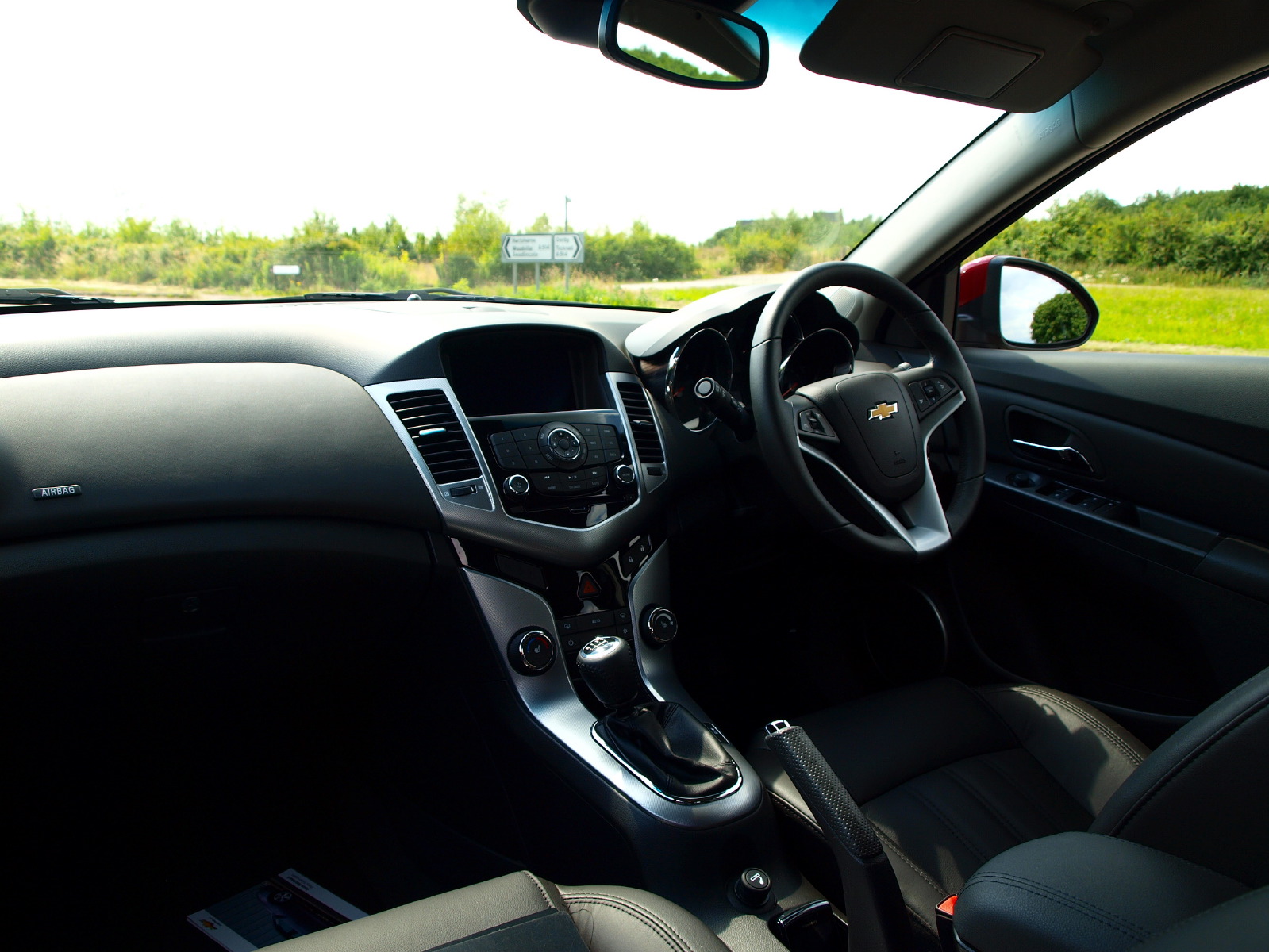
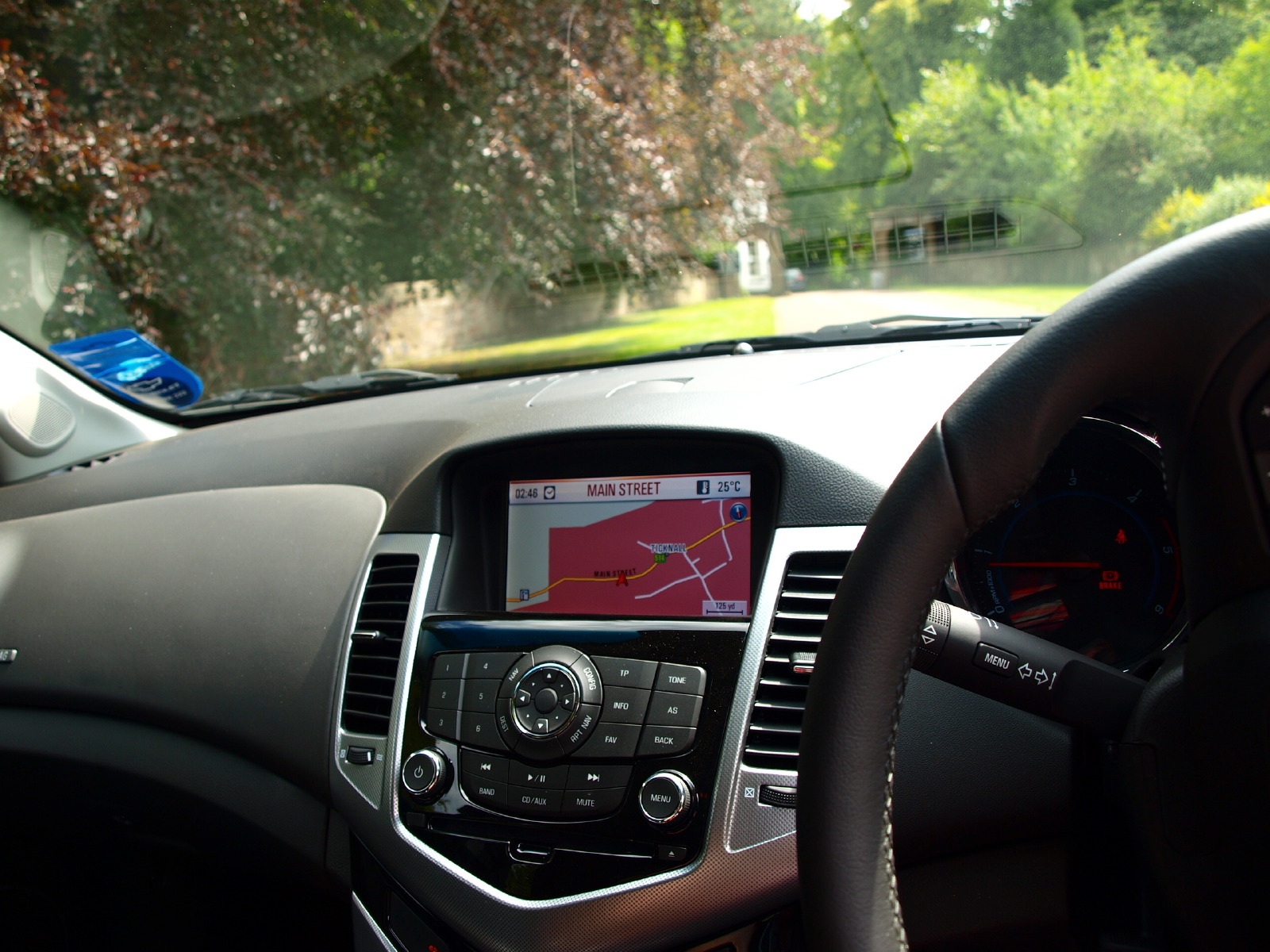
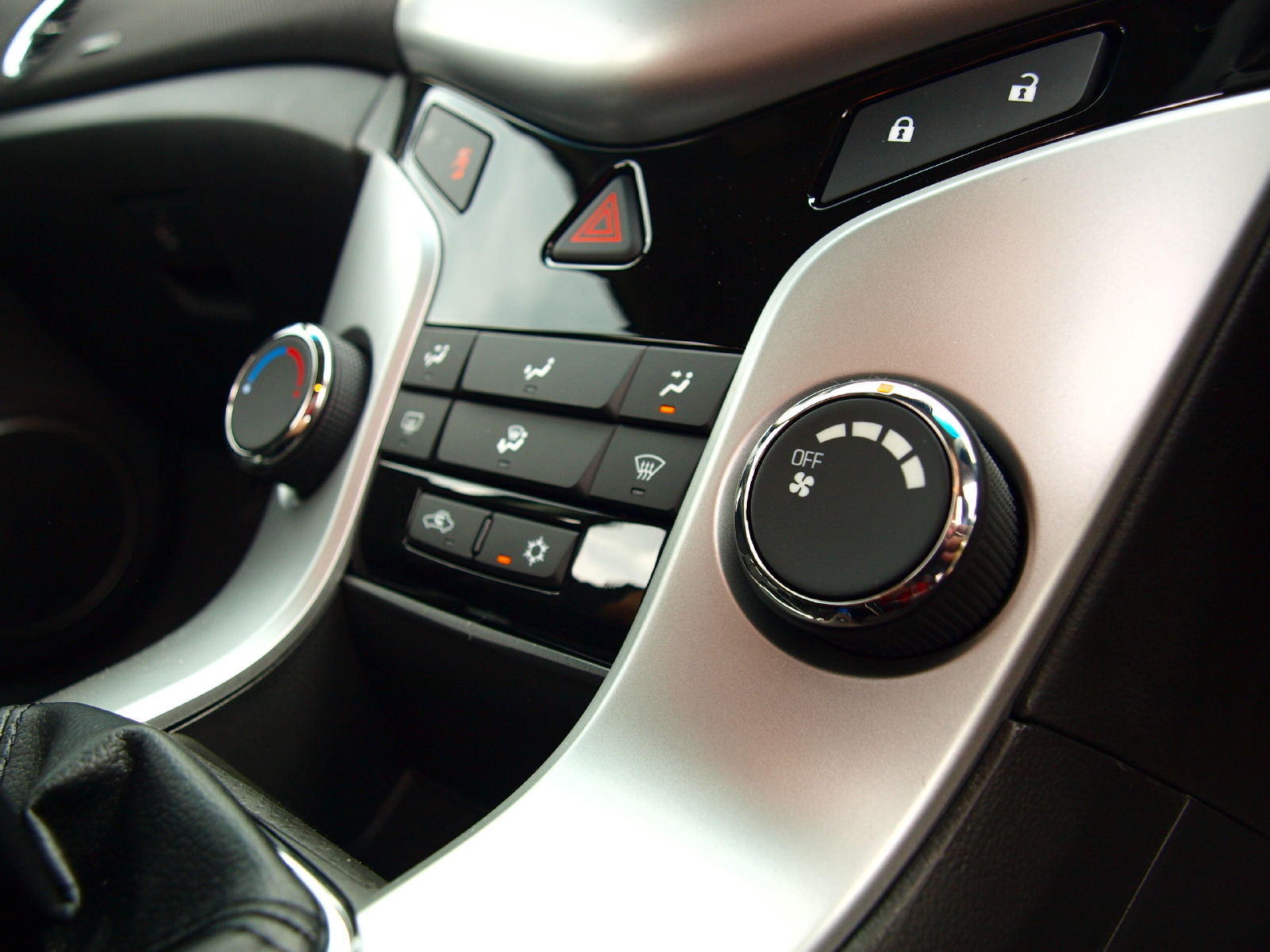
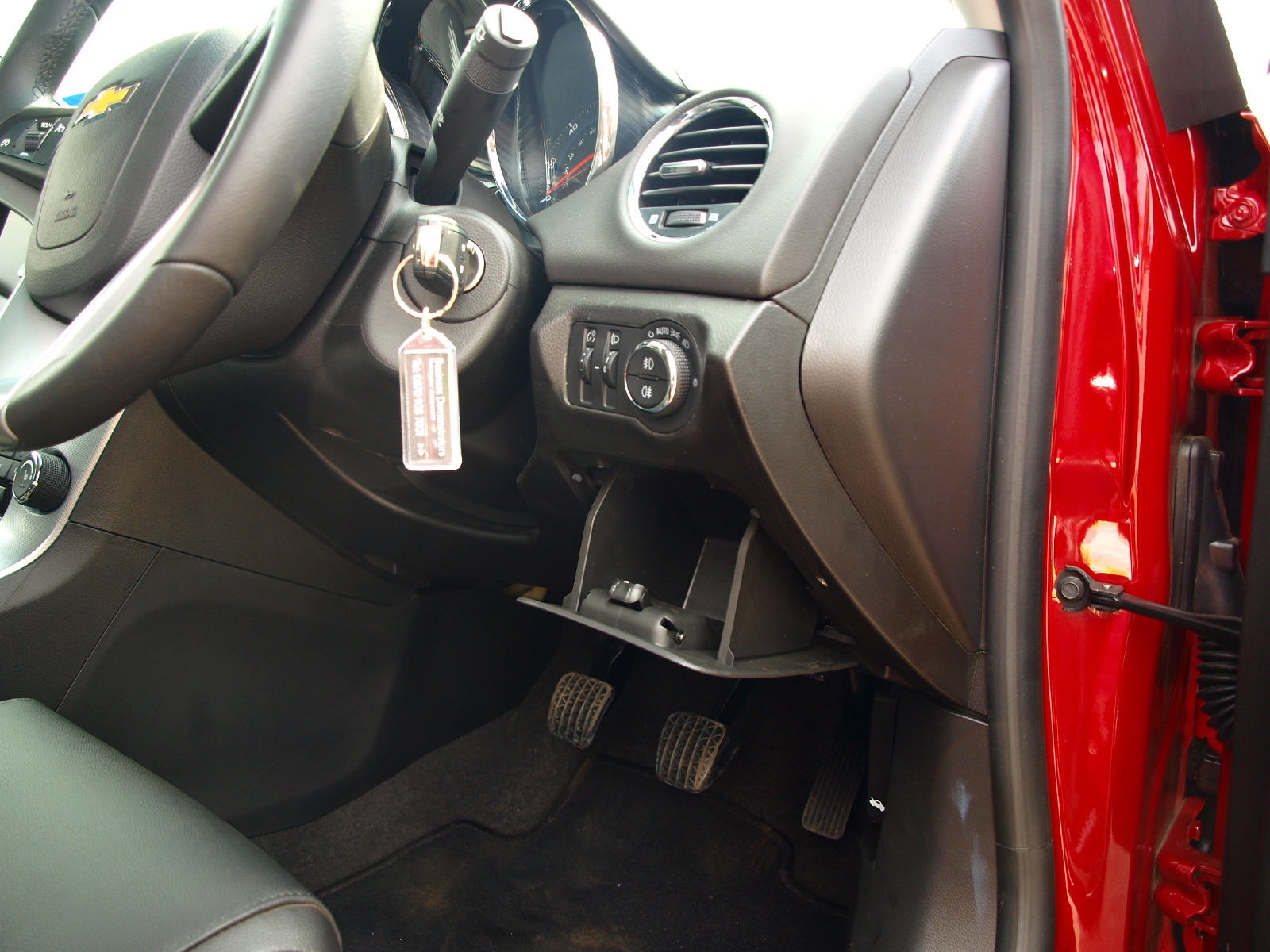
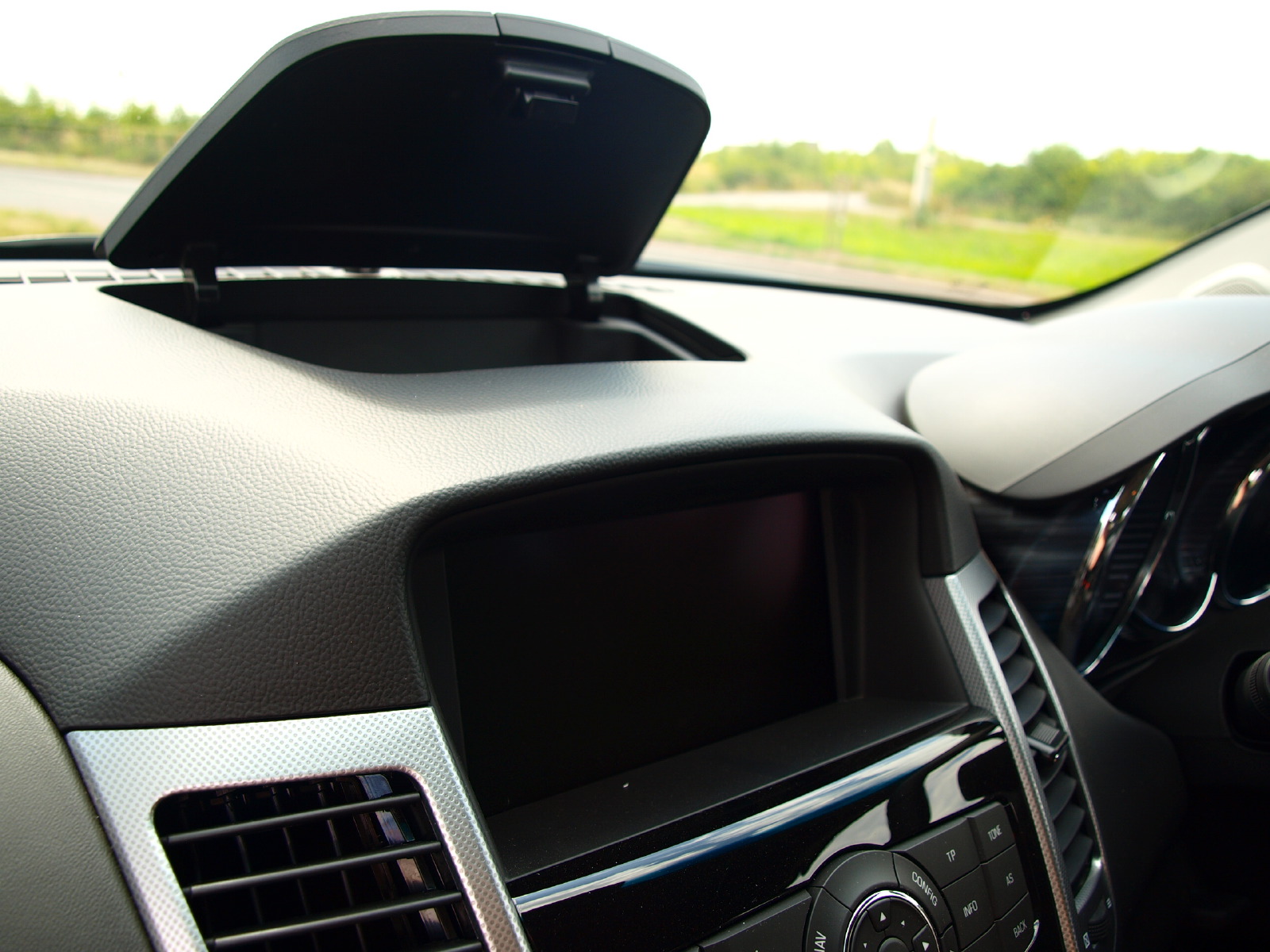
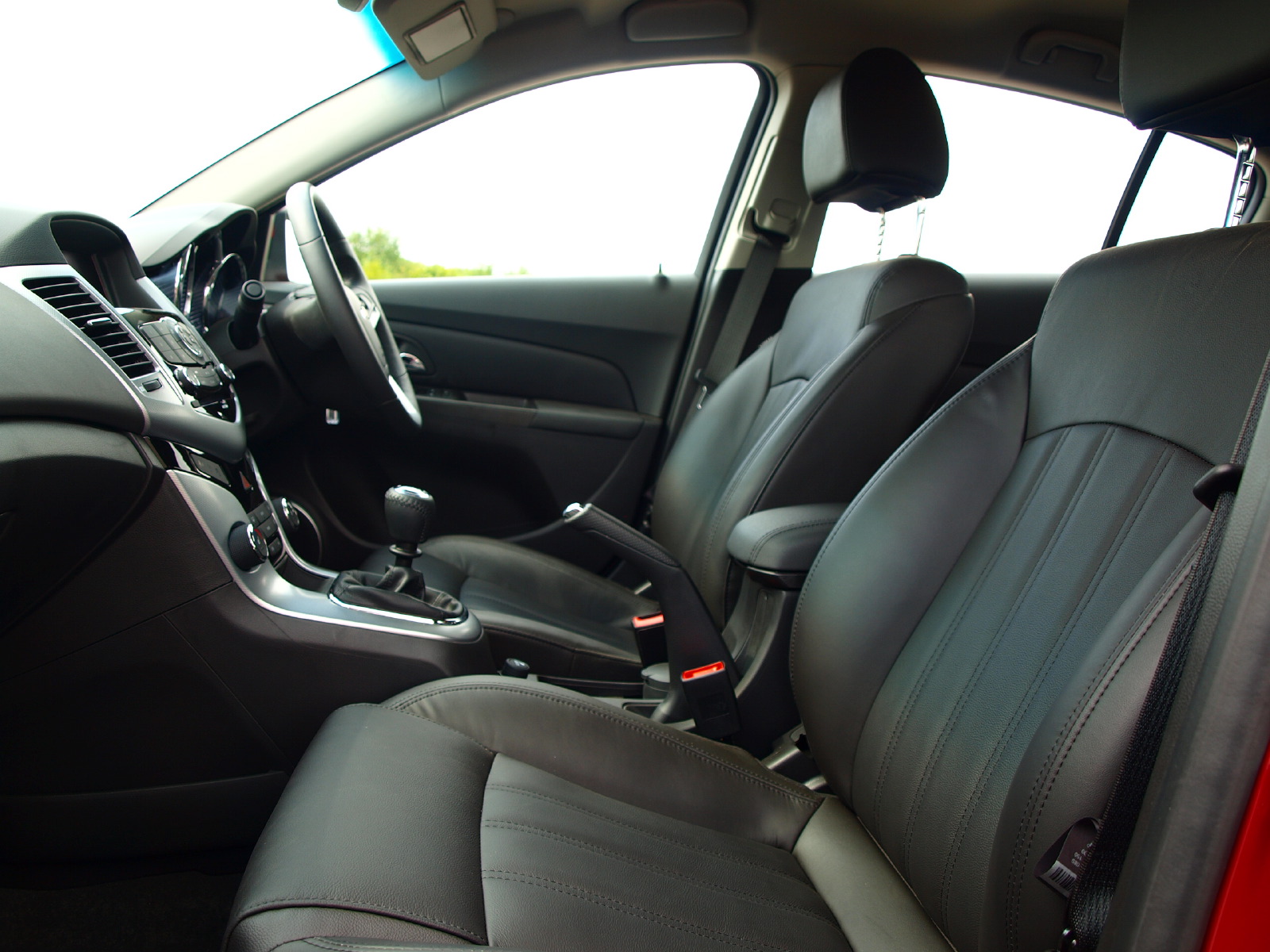
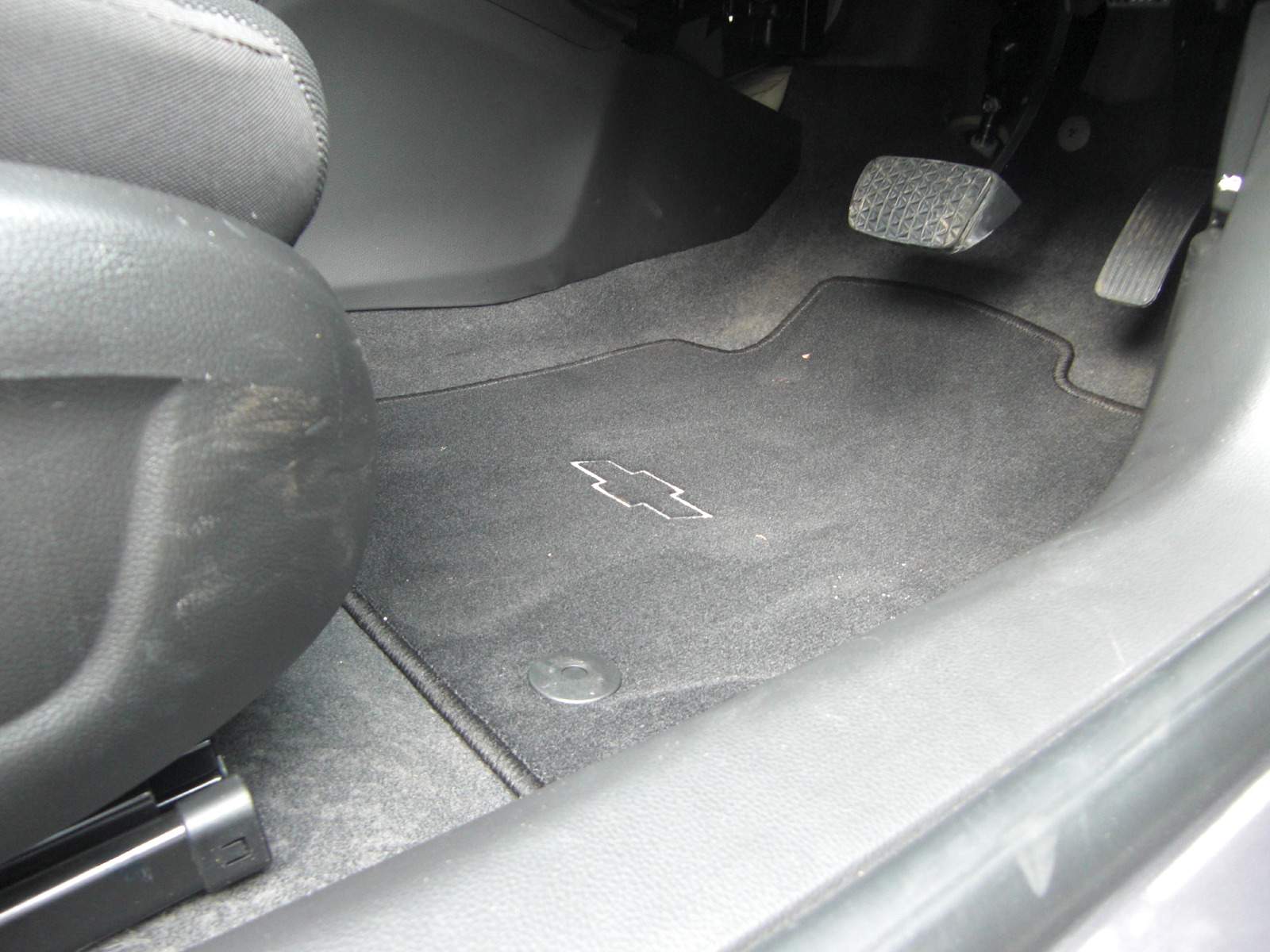
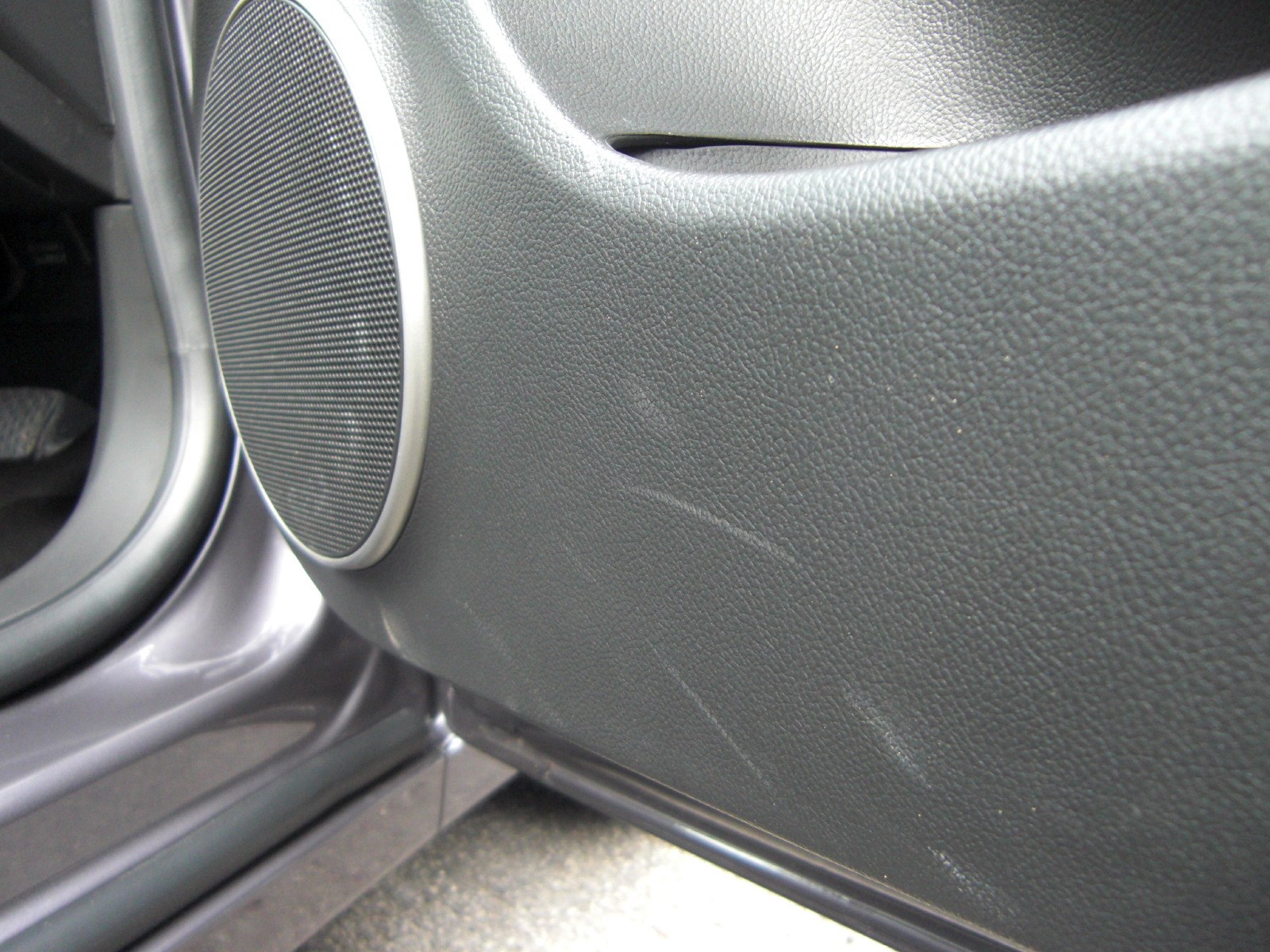
Around the back the rearward rising beltline runs through the rear lights before gently dropping off, neatly framing the bowtie, while a detail line runs off the bottom of the DLO. The two come together to create a negative surface on the tailgate that adds a feeling of depth to an essentially flat surface. The resultant spoiler that also emerges plays to that sporting feel again.
However, this resolved detail is undermined by Chevrolet's questionable application of the release handle. Sitting totally at odds with its surroundings is an item that would look out of place on an industrial fridge. Integrating the release handle into the central bowtie would have been a much more elegant solution.
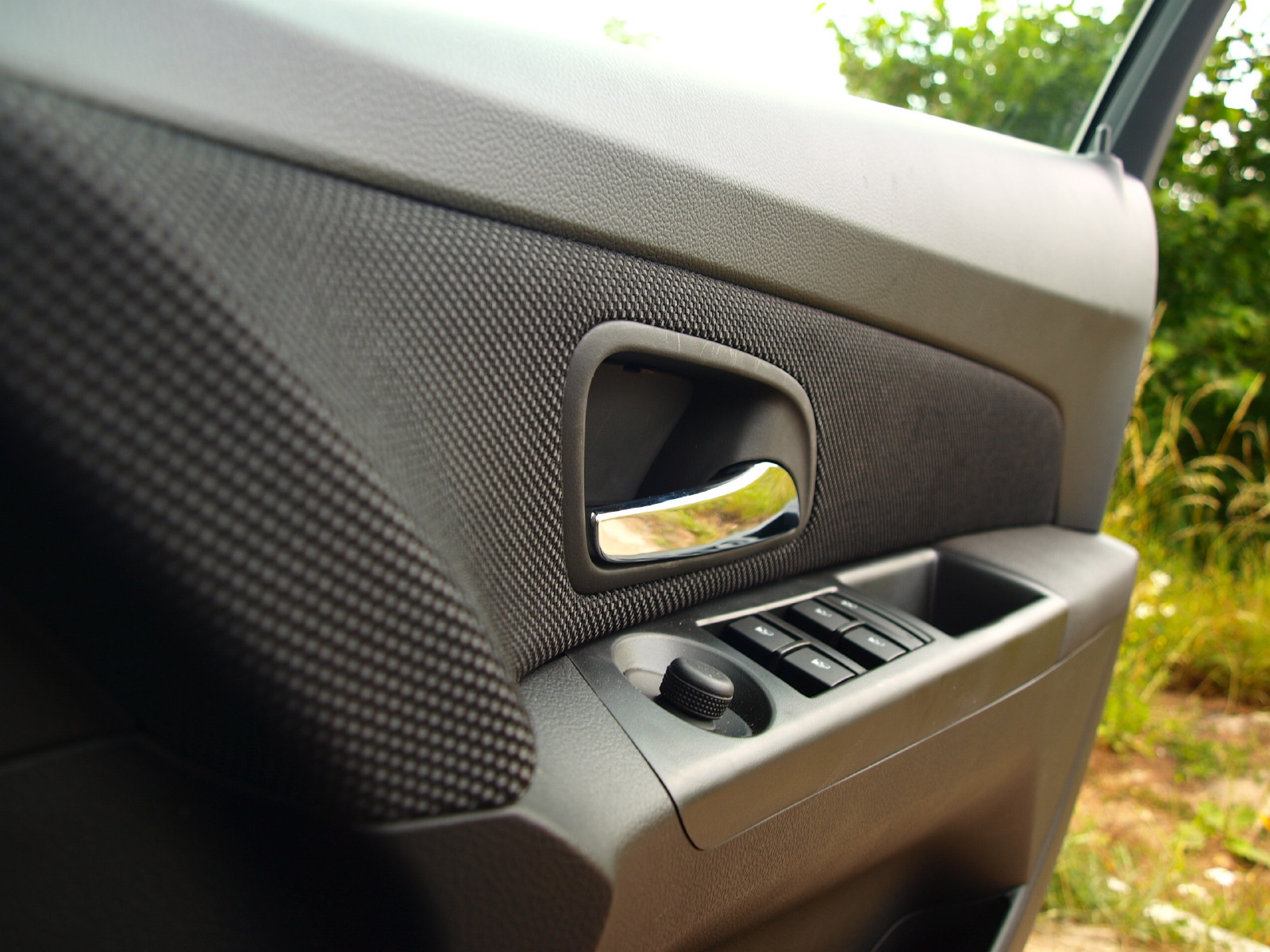
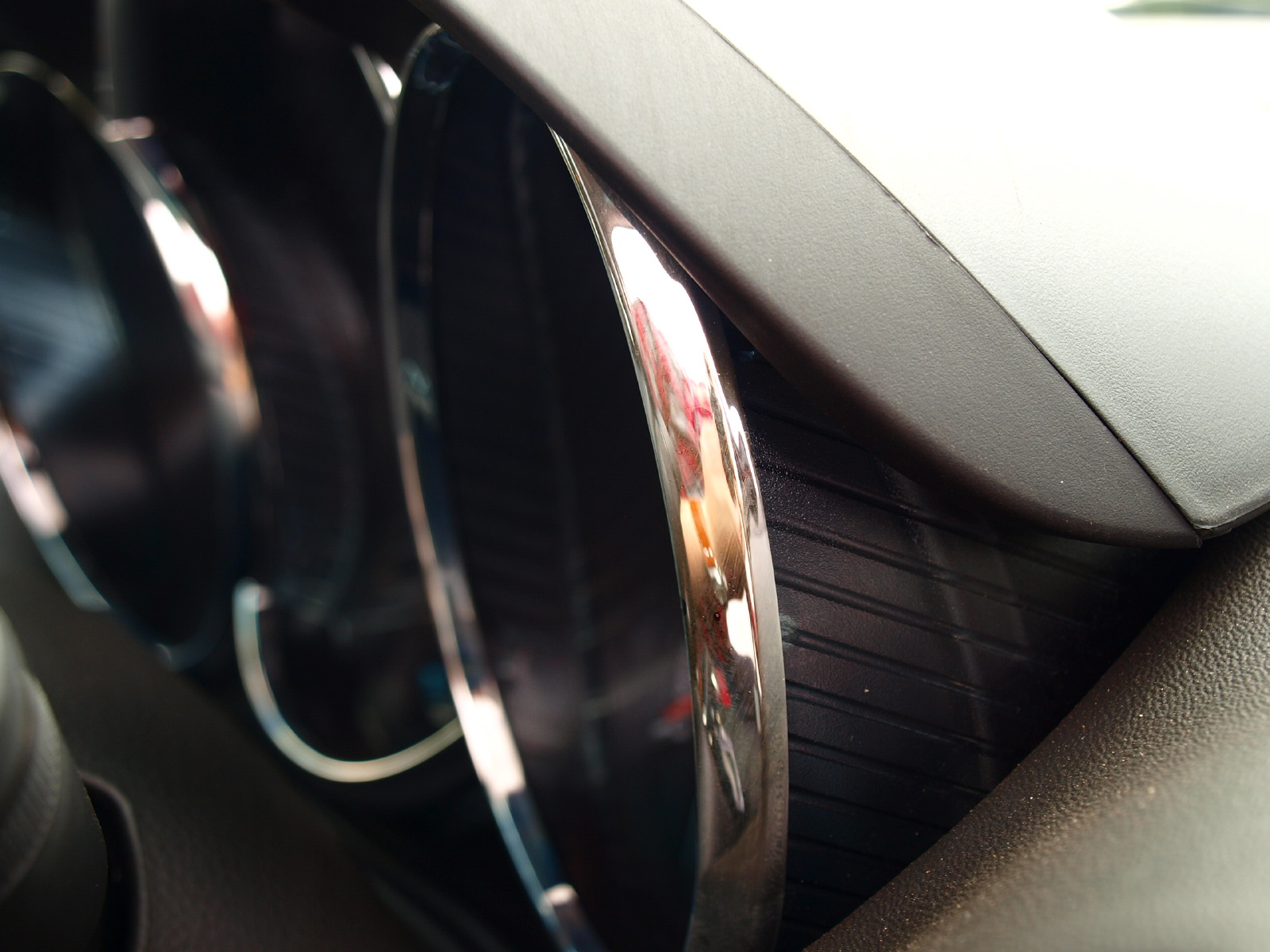
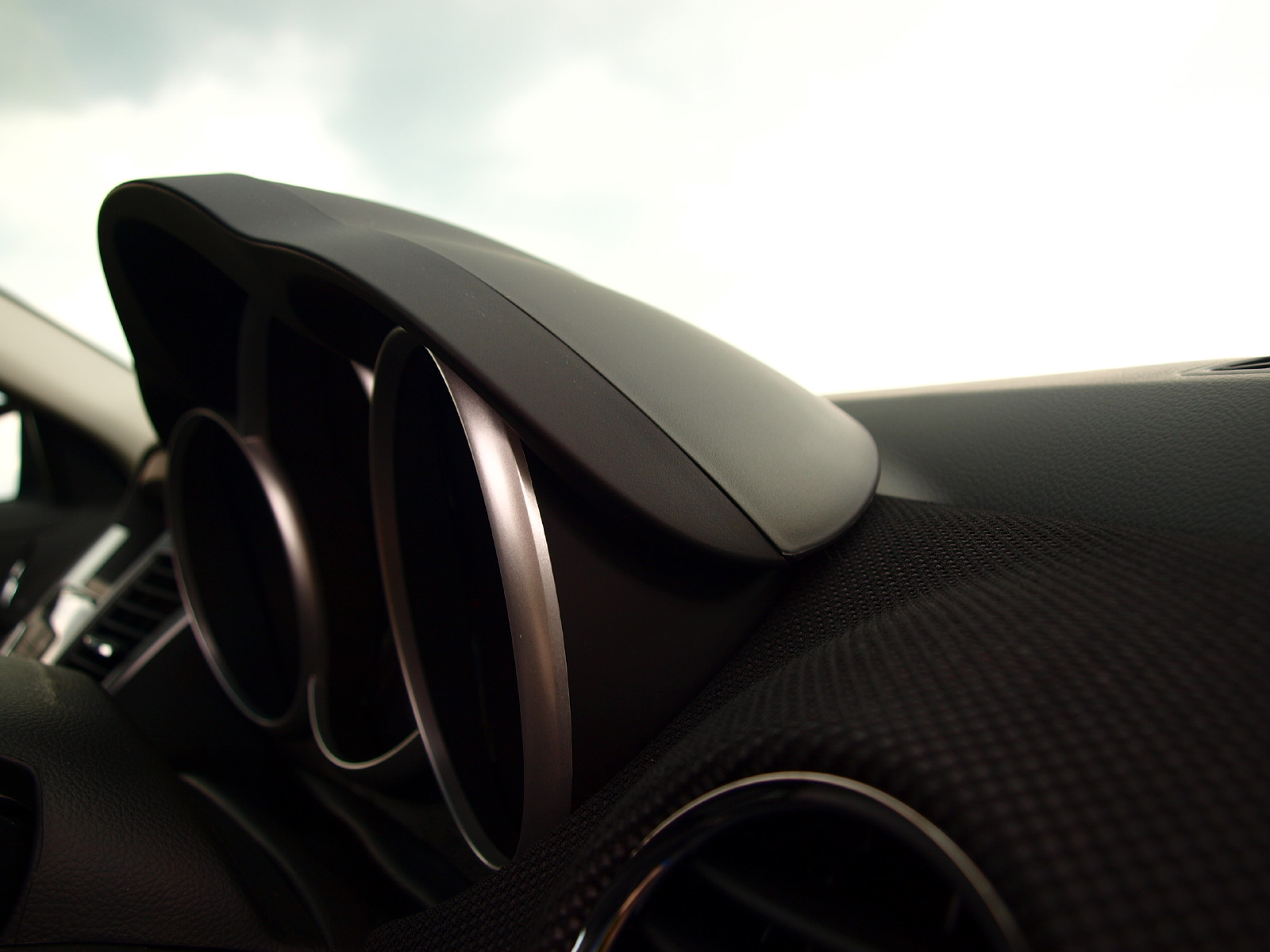

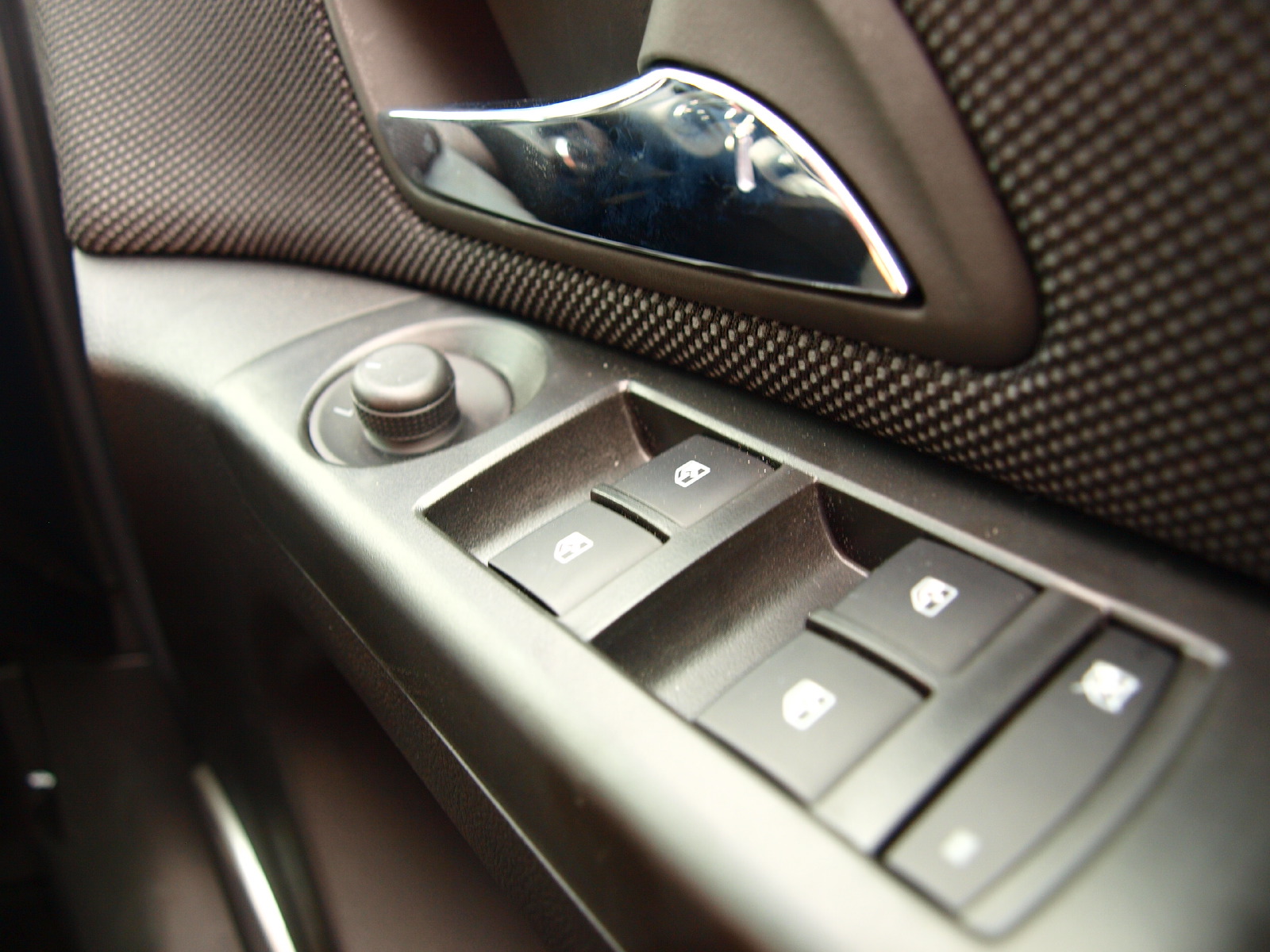

First impressions of the interior are good. Perceived quality is high, with a solid level of fit and finish. The snappily titled LTZ 2.0 VCDi Auto Executive, has an generous spec list: heated leather seats; USB connectivity; six speakers that form part of an impressive sound system and a large centrally-mounted screen that communicates the Sat-Nav and radio functions.
The IP, also carried over from the sedan, is functional and from an ergonomic aspect is very well laid out. The steering wheel-mounted controls are also well positioned and give good intuitive feedback when used. The Sat-Nav system is easy to navigate and use thanks to a clear, large diameter screen as well as the easy to read menus and maps.
Interspersed with these technologies is simple old fashioned stowage, and the Cruze is not short of it. An array of door and dash bins provide ample room to store the accumulated family tidbits both front and back.
The hefty C-pillar, mentioned earlier, not only adds to the visual mass of the car, but also impedes on the visibility from the driving seat, narrowing the rear window to little more than a slot in the rear view mirror.
Zoom in and the use of hard plastics and their liberal application throughout the cabin is almost out of place and date. After just two days and around 100 miles, the door cards and lower cabin plastics - specifically around the seat trim pieces - were scuffed and tired looking. For a car destined to be used on the school run, or as a moving kennel for the family dog, plastics of this durability shouldn't be deemed acceptable.
The Cruze's functionality, practicality and, above all, pricing, make it a very appealing alternative to the similarly equipped Ford Focus, in monetary terms at least. Yet, with Chevrolet trying to pitch this as a sporting variant of the sedan, it almost feels like they have missed the mark. If all pretences are dropped and the car is taken on face value, it is credible alternative to the likes of Hyundai's i30 and Kia's Cee'd.
Pitched as a cheap, reliable and inoffensive family car it makes perfect sense. But adding a set of alloy wheels and a sporting ‘fabric' for the interior does not make a sports car. Chevrolet already has a perfectly acceptable and well established line of sports cars in its portfolio - in the Camaro and Corvette. Perhaps if they were to lend a little of their American DNA to the Cruze, the ‘sporty' moniker might not be so hard to understand.
Related Articles:
Driven: Chevrolet Orlando
Driven: Chevrolet Volt
New Car: Chevrolet Cobalt






































